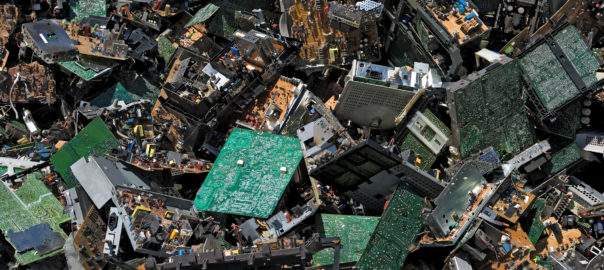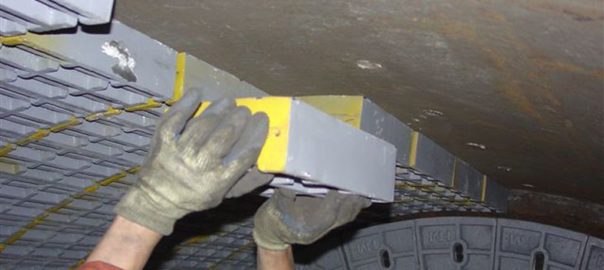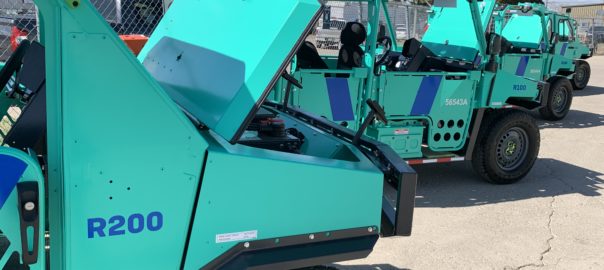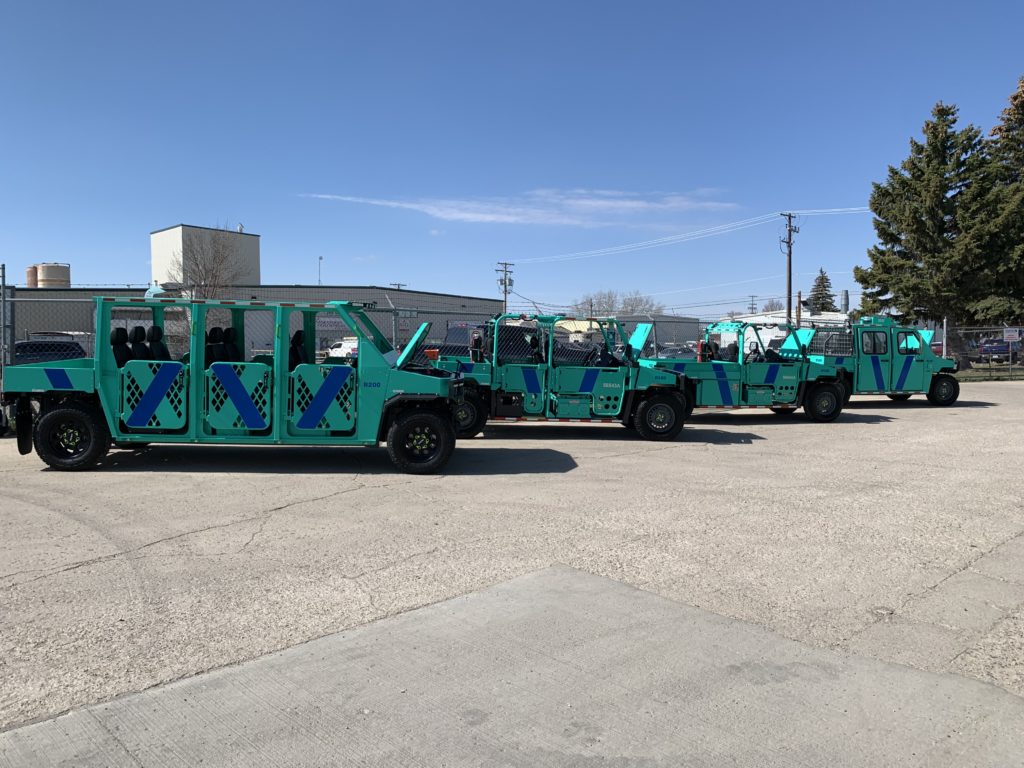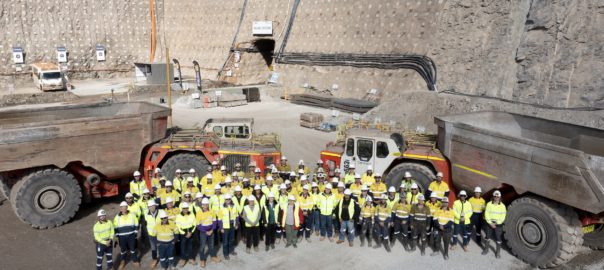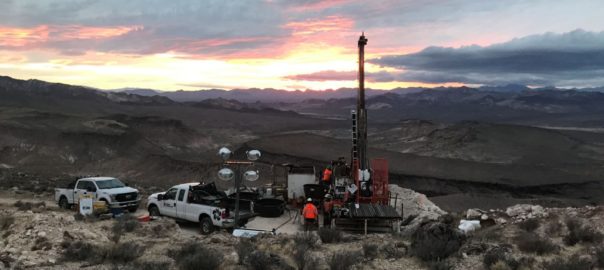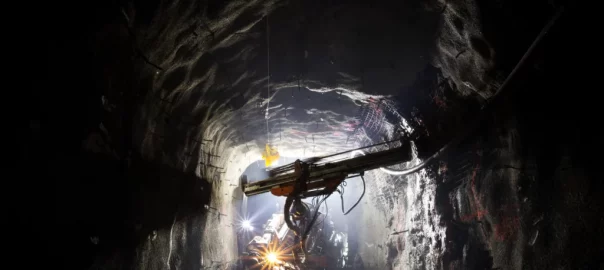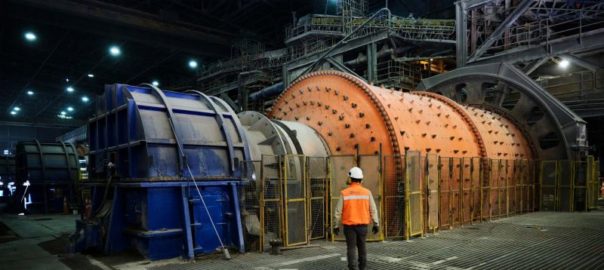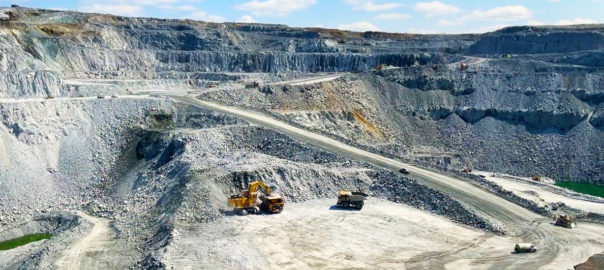Glencore Technology is to help Atlantic Copper, owned by Freeport-McMoRan, to create the first waste recovery plant for metal fractions of e-material in southern Europe.
The ‘CirCular’ project will feature Glencore Technology’s ISACYLE™ technology to process 60,000 t/y of e-material, and is expected to be operational in the March quarter of 2025.
According to Atlantic Copper, the works will begin in September. The company is investing €310 million ($345 million) in the project, which will move Spain from a recycling rate of 50% to 100% of electronic material, Glencore Technology says.
The ISACYCLE-based project will recover, among other metals, copper, gold, silver, platinum, palladium, tin and nickel from what Atlantic Copper describe as waste electrical and electronic equipment or WEEE.
In 2019, Spain generated around 890,000 t of WEEE, of which only around 370,000 t were managed by authorised recyclers. The other 520,000 t of disused electrical and electronic equipment are stored in homes, end up in landfills or are exported to countries where the metals might be recovered in an environmentally unfriendly way, Glencore Technology says.
Atlantic Copper, Spain’s leading copper producer, will use ISACYCLE technology to divert that kind of waste from landfill and instead recover significant value from it.
The CirCular project is aligned with Sustainable Development Goals and with the EU’s Green Deal and the Plan of Reconstruction, as copper is among the key raw materials that Europe will need to achieve that goal of a sustainable, environmentally neutral economy.
Glencore Technology’s Manager for Pyrometallurgy and Hydrometallurgy, Dr Stanko Nikolic, said the project is expected to be the first of many to use the company’s ISACYLE technology, which is a direct evolution from its ISASMELT™ technology.
“ISACYCLE has been purposefully evolved and proven to take residual waste, including e-waste, and transform it into saleable commodities,” he said. “It’s a very scalable technology. This is a project featuring a plant toward the larger scale. But it is also a technology that works in a small scale, ideal for urban utilities and waste processing companies.”
Nikolic said the ISACYCLE technology, on any scale, can virtually eliminate landfill and instead produce recovered metals, a safe slag that can be used as a construction product, energy and clean offgas.
He concluded: “We’re proud to be able to work with such an innovative company as Atlantic Copper. They’re building a major milestone for the region and what will become a showcase for others.”







